 |
| Albergo Hotel |
It was Jandy’s trimestral break at Asia Pacific College and we didn’t want this week-long opportunity to go by without going on vacation. I decided to return to Sagada (Mountain Province), a place we last visited nearly 13 years ago. Just like the previous, we were to go there via Baguio City, staying overnight at the E. Ganzon Inc.-owned Albergo Hotel.
Jandy and I departed Manila on the 1:15 PM Victory Liner de luxe (PhP715 each) airconditioned bus. The 6.5-hr. trip was non-stop, the need for toilet breaks negated by a toilet on board, plus free wi-fi and some snacks. Part of the time was spent on siestas. We arrived at the Victory Liner Terminal by 8 PM and, before anything else, had dinner at Maxim’s Teahouse within the terminal.
 |
| Room 811 |
From the terminal, we took a taxi to get to Albergo Hotel. Once there, we stayed at Room 811 (with its view of SM Baguio).
Check out “Hotel and Inn Review: Albergo Hotel“
Albergo Hotel is also a stone’s throw away from Baguio City’s most popular tourist attractions such as Wright Park, Teachers Camp and Mansion House.
Albergo Hotel: 1 Villamor Drive, Lualhati 2600 Baguio City, Benguet. Tel: (074) 424-2620 and (074) 424-7176.Manila booking office – Tel: (02) 552-0331. Fax: (02) 552-0083. E-mail: egi.albergo@yahoo.com and albergohotel_baguio@yahoo.com. Website: www.egialbergo.webs.com.
.


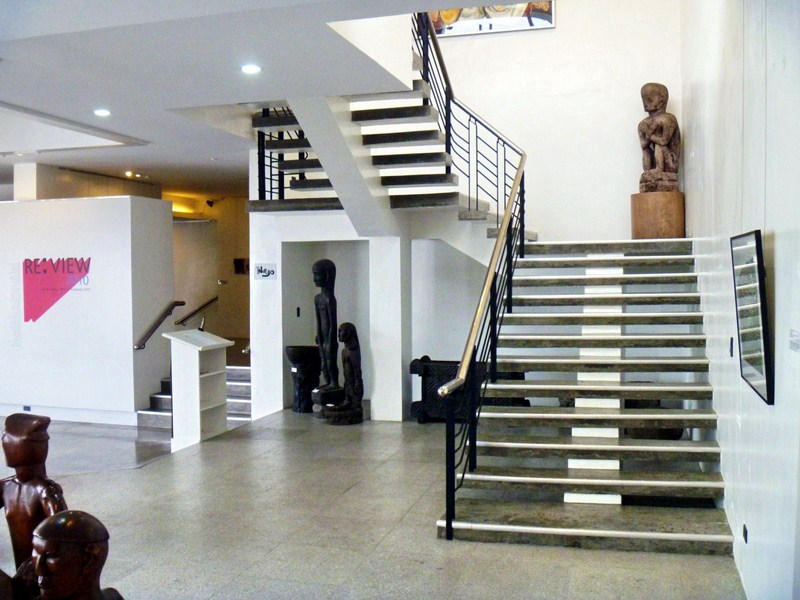
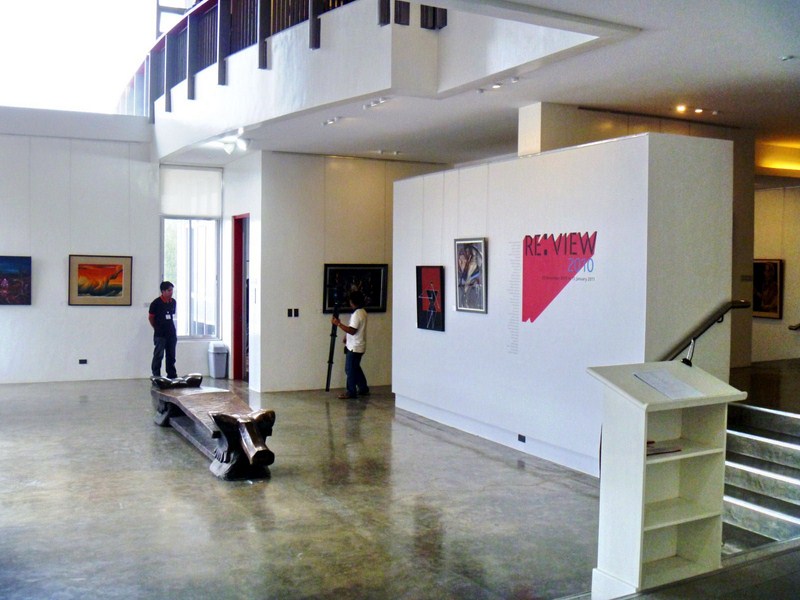
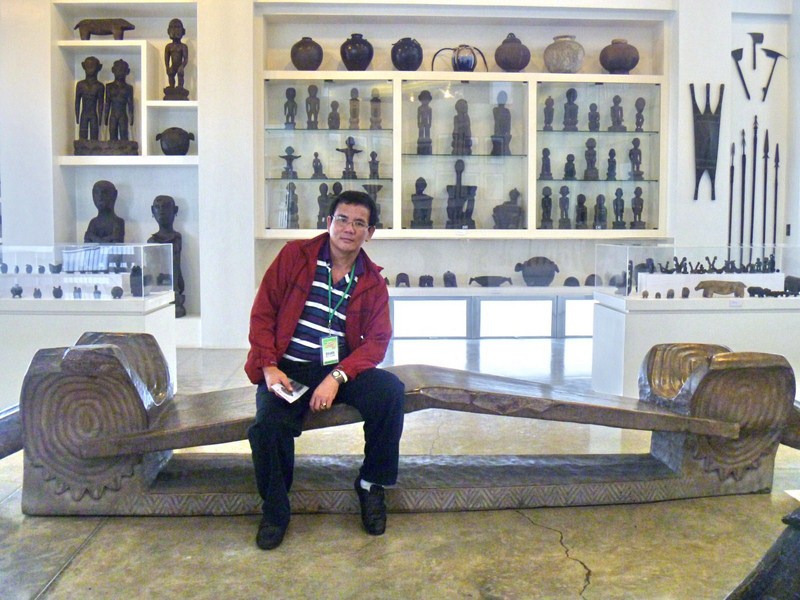
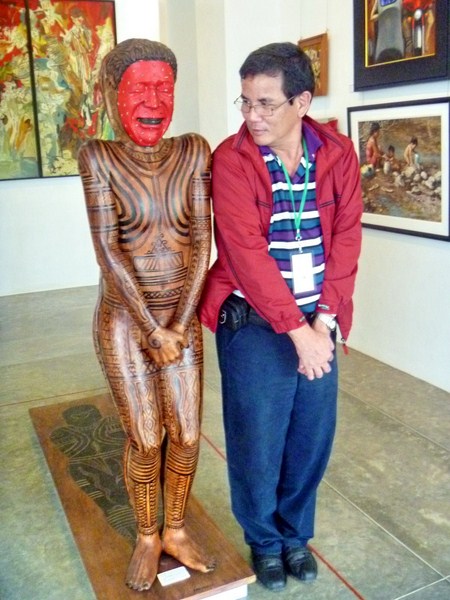
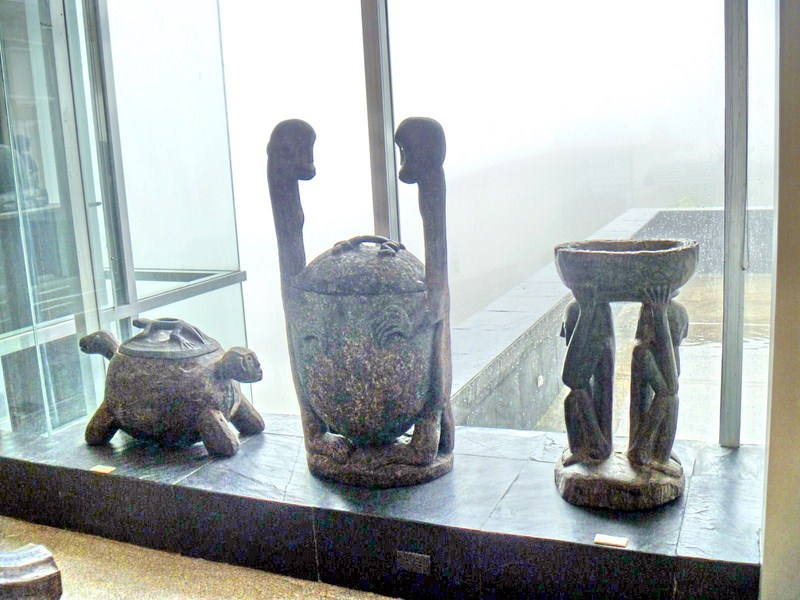
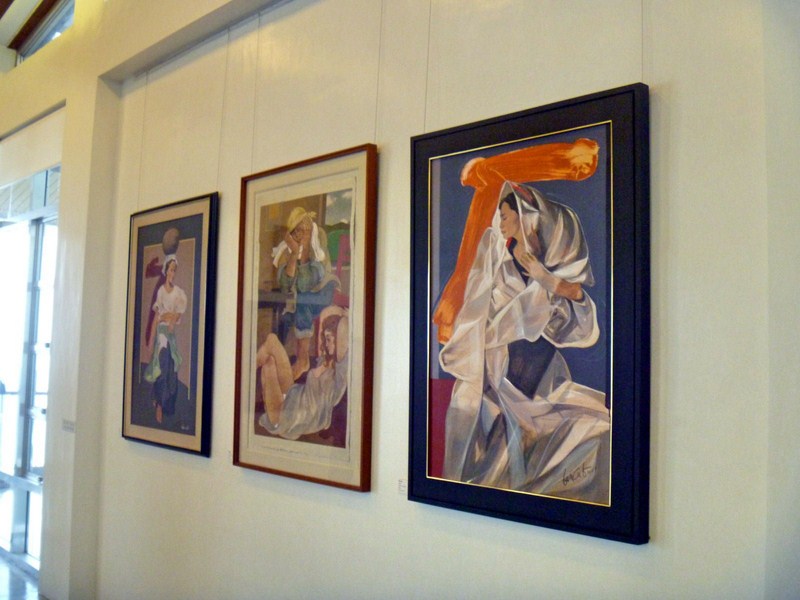
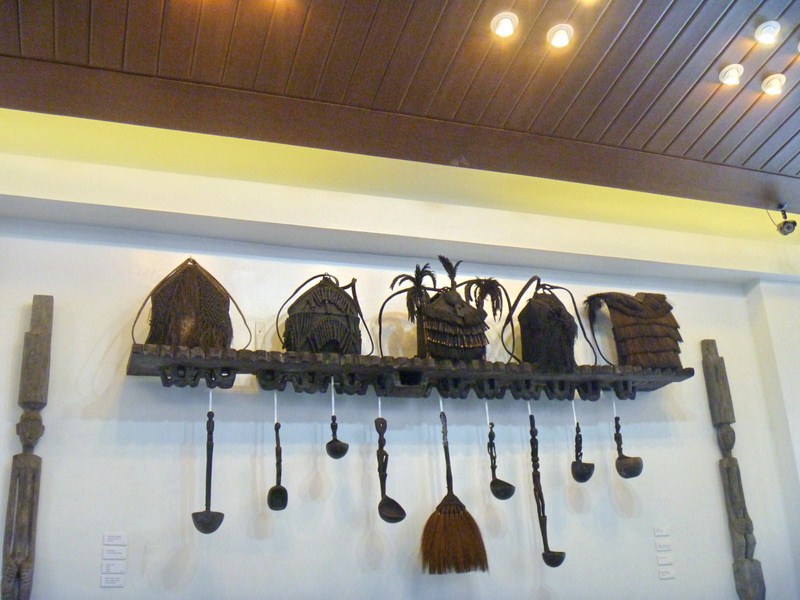
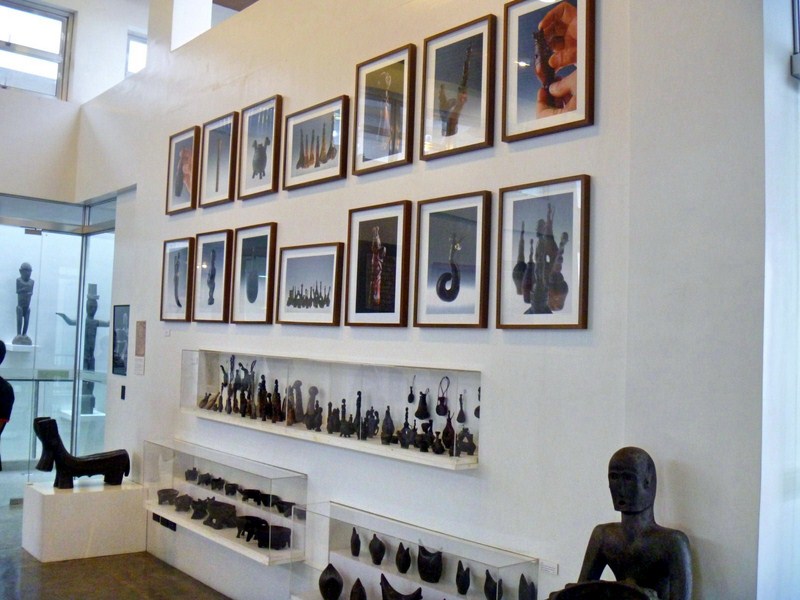
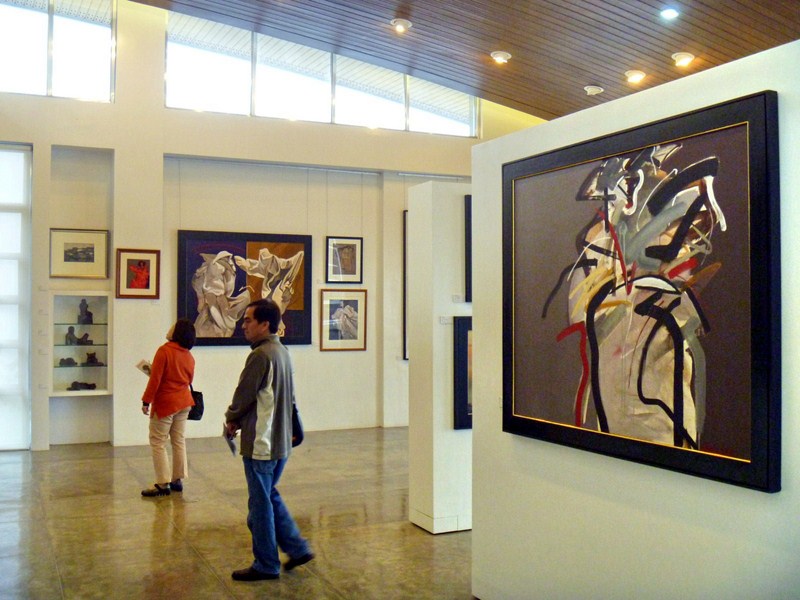
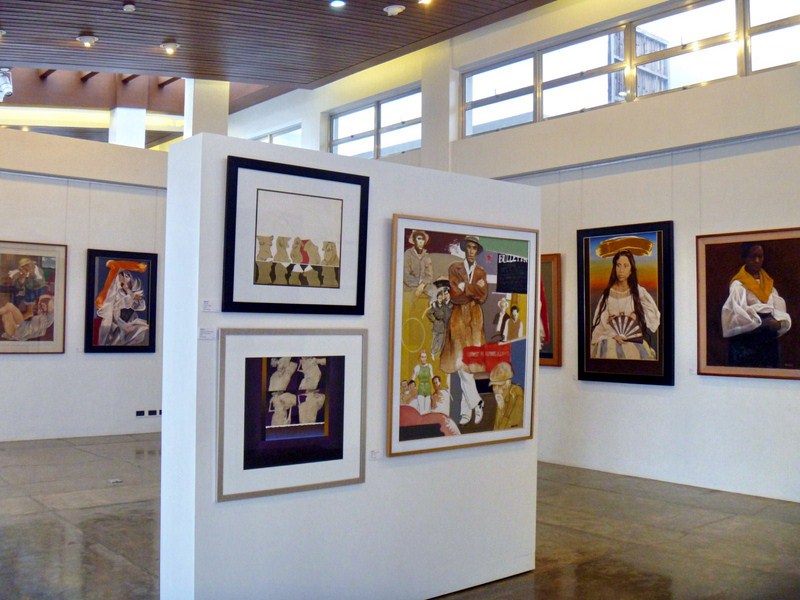
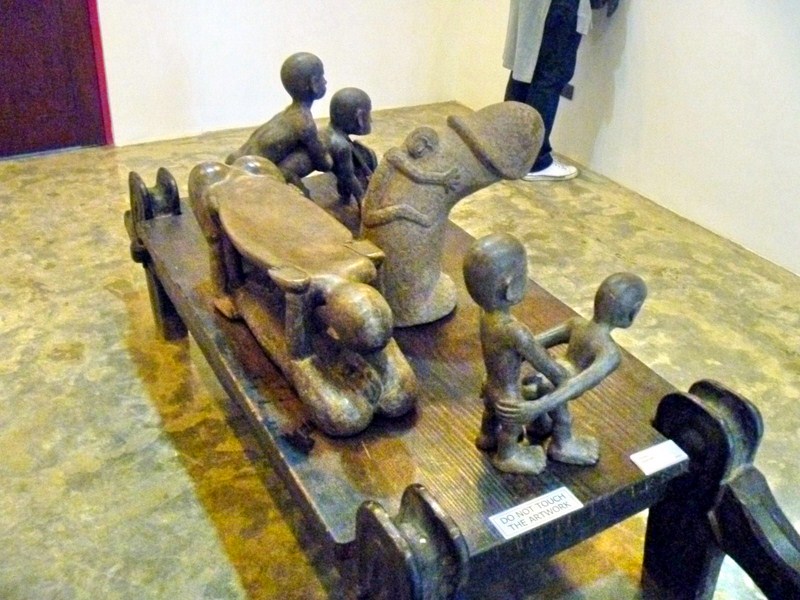
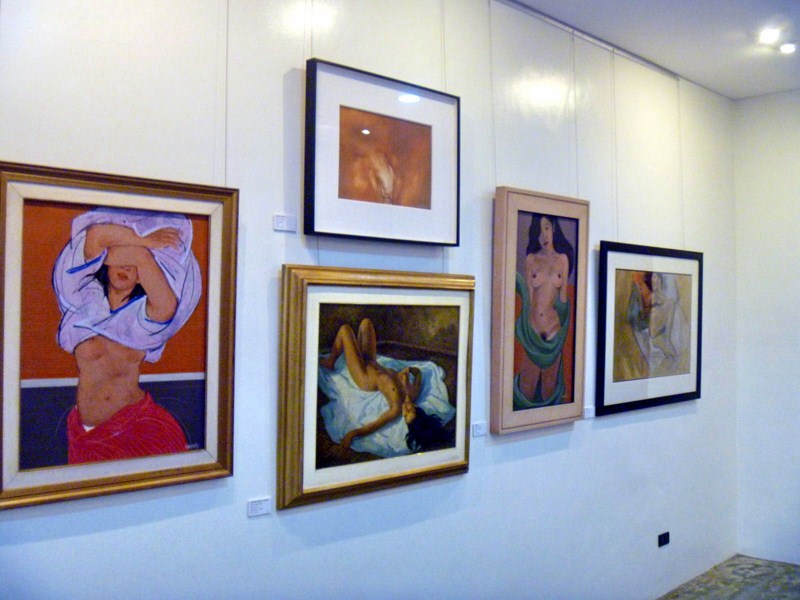
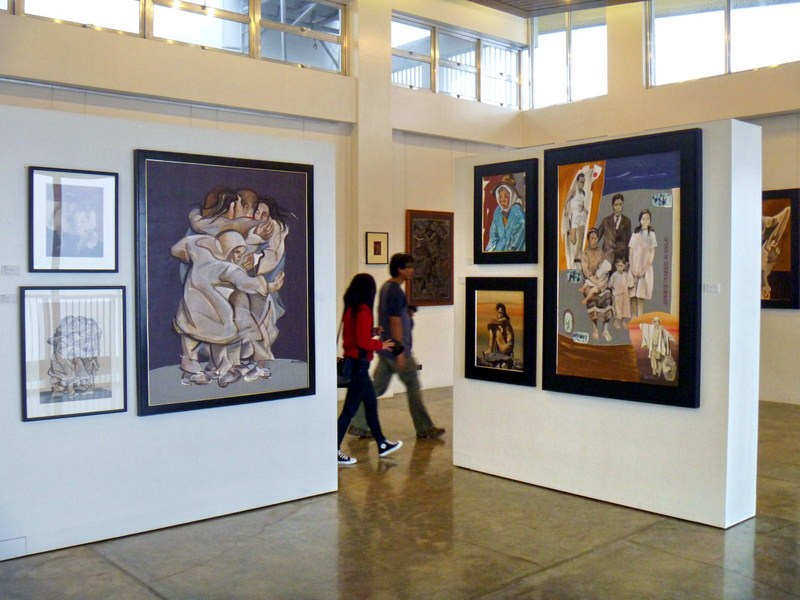
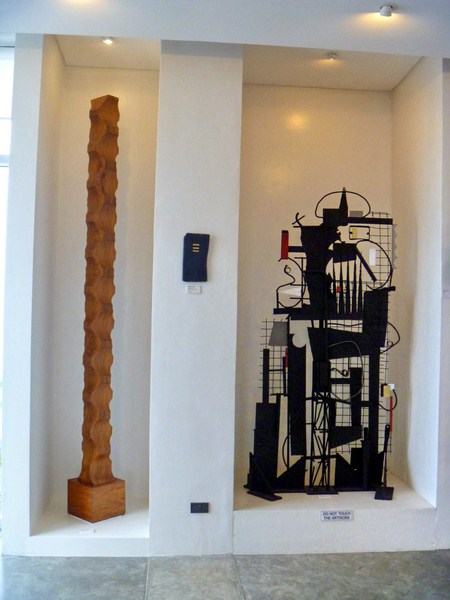
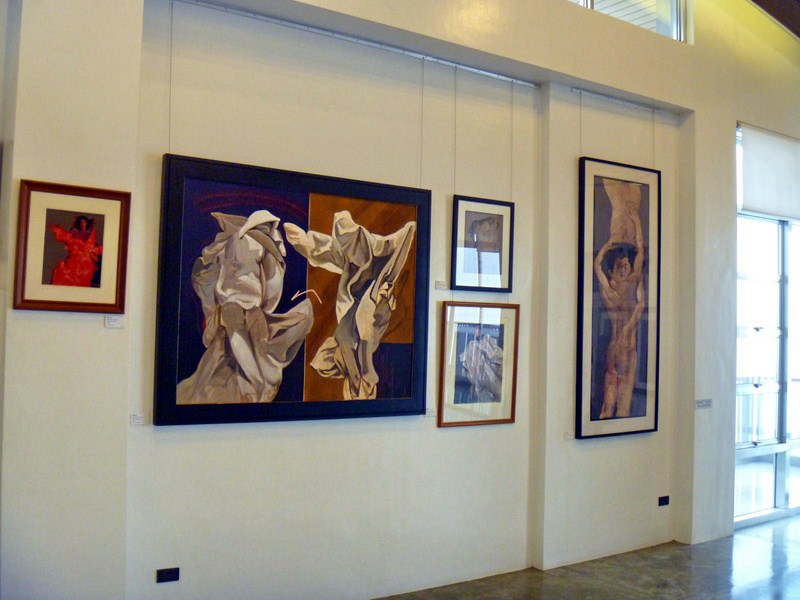
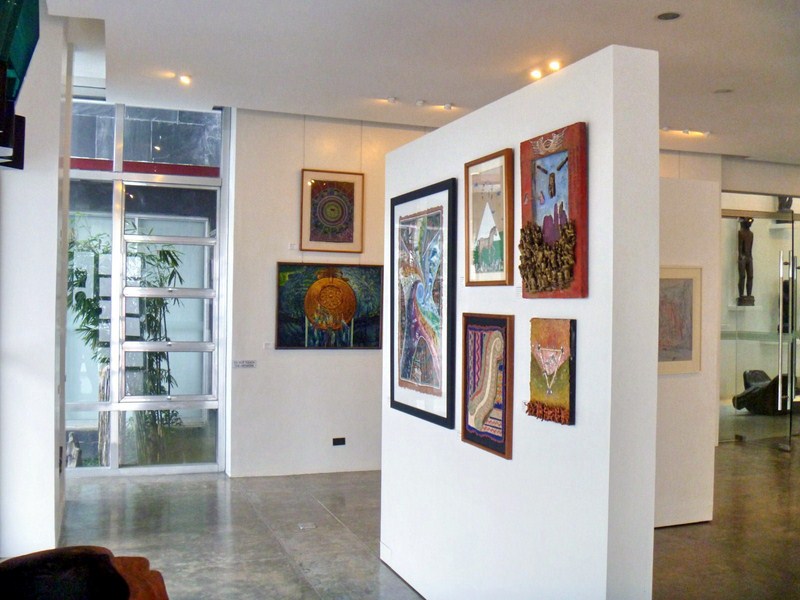
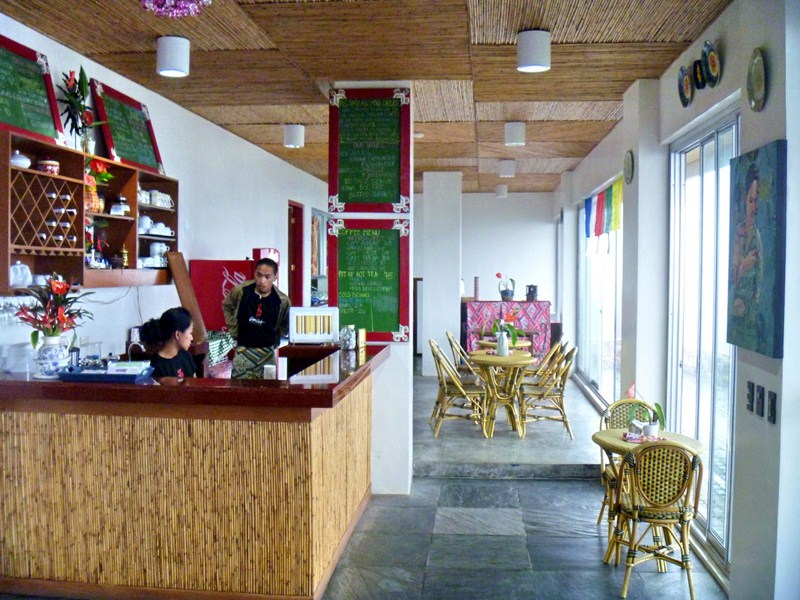


.jpg)
.jpg)
.jpg)
.jpg)
.jpg)
.jpg)